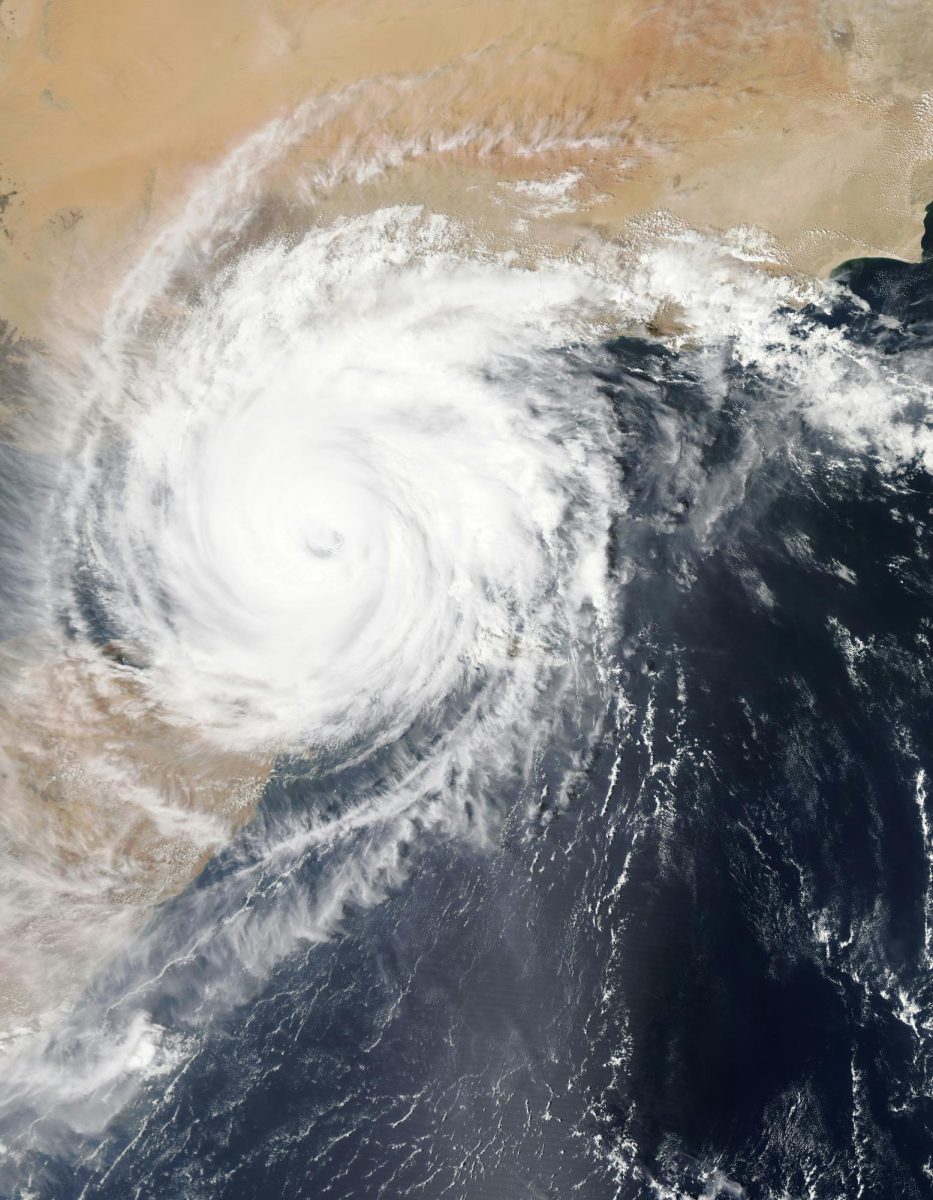Hurricane Milton, a catastrophic category 4 storm, tore through Florida on October 9 and 10, leaving millions of residents without power. It was the second major hurricane to hit Florida in just two weeks. Still recovering from the damage left by Hurricane Helene, Florida now faces an even greater road to recovery as Milton pushed coastal communities to their breaking point, leaving behind a multitude of damage.
The storm made landfall near Sarasota, bringing winds over 100 mph and a damaging storm surge to the Gulf Coast. Milton has been described as amongst the state’s most destructive hurricanes that have impacted Florida recently, with overwhelming emergency services already stretched thin.
In some areas, the storm surge reached over eight feet. While this was not as bad as the 15-foot storm surge that was projected before landfall, communities and residents were still isolated from essential resources. The National Hurricane Center (NCH) has documented extensive flooding and significant damage throughout the region. Milton has left a significant mark on Florida, setting an all-time high for torrential rain. According to Fox Weather, “Tampa recorded a record 11.54 inches of rain, while St. Petersburg recorded its own record of 18.54 inches of rain in one day.” Recovery operations continue to remain in full swing due to rising streams and rivers, leaving areas struggling with lingering floods.
According to AccuWeather, Milton and Helene’s economic toll is expected to exceed $50 billion. Coastal towns such as Fort Myers and Naples, which were already crippled by Helene, had just begun rebuilding efforts when Milton hit. In Sarasota, streets were turned into rivers, and homes that withstood Helene’s fury were flattened.
In response, Florida Senator Rick Scott (R) recently addressed the press stating, “I also reiterated that FEMA must open Disaster Recovery Centers close to the areas hit hardest, so those impacted have easy access to federal resources to recover. … I’m going to continue fighting like hell to make sure this happens and aid is delivered to families in need.” This is a pivotal time for Florida, as communities rally together to rebuild, with support from recovery centers offering vital resources to those in need.
Besides those deployed by the Federal Emergency Management Agency (FEMA), additional mobilization has been added to help in restoration; however, there are still challenges. Rescue teams are clearing debris and restoring basic services. Yet, many locations are yet to be accessed due to flooding and uprooted trees.
Alongside the recovery efforts, communities are coming together. Local organizations and volunteers offer their services by giving food, shelter, and care to those who have been displaced by the storms. Floridians’ persistence is evident as they work to rebuild their lives and restore their homes. While the immediate challenges seem daunting, the state is preparing for long-term recovery and rebuilding.









